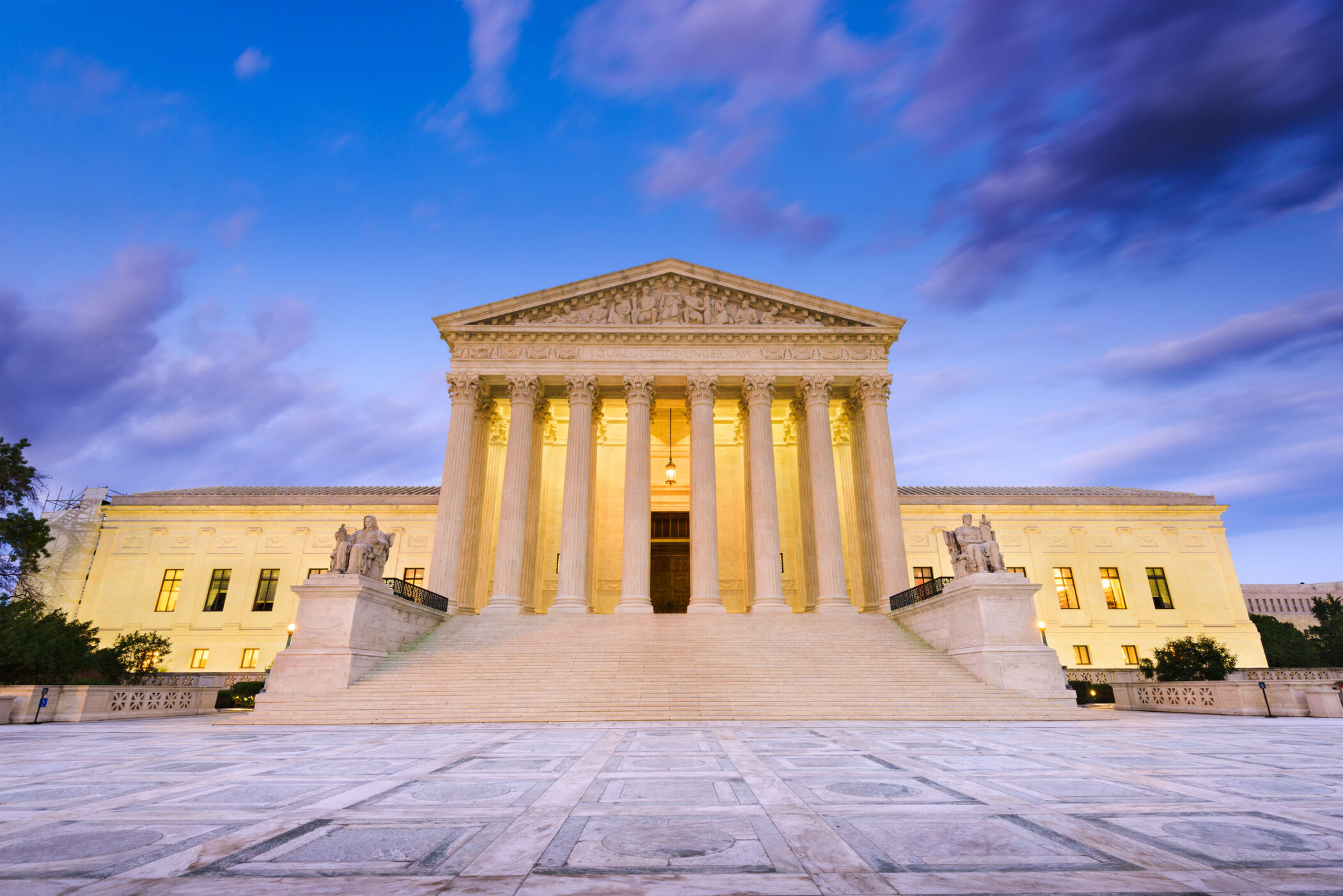The Shawnee Mission East High School student newspaper, Harbinger, reports that the school board “has formed a fairness-fighting task force: three board members with a mission to ‘protect equity’ and ‘community spirit’ by investigating private donation policies.”
Private donations to the schools feeding into Shawnee Mission East, totaling $2.15 million over the last three years, paid for new textbooks, four private study pods, and some staff positions. The Harbinger staff says donations to the feeder systems for the other four high schools received $704,000 combined. Last year, KSHB-TV reported that community-funded positions are usually interventionists and reading aides, quoting Board President Mary Sinclair as saying, “Community-funded positions aren’t frivolous, but rather back-filling critical support for struggling students. Aides, interventionists, the state doesn’t provide — we’re talking about schools that don’t meet that threshold.”
Sinclair knows the state doesn’t fund positions; it provides money and school boards make the spending decisions, but she tries to blame legislators for decisions that she and other board members made. Still, her comment indicates the district believes those community-funded positions being eliminated in the name of equity are needed.
The student editors say redistributing donations “doesn’t restore balance,” but doesn’t consider “the bigger picture.” They got the first part right, but their ‘bigger picture’ logic – schools are allegedly underfunded – is based on consciously deceptive claims by the Kansas Association of School Boards (KASB).
SMSD has money for services, but chooses other priorities
Shawnee Mission’s financial records show that the school board doesn’t need more money from donations or taxpayer funding to provide what Sinclair describes as “critical support for struggling students.”
 First of all, the district isn’t spending all of the state and local taxes it receives, as evidenced by the increase in operating cash reserves. The district began the 2019 school year with $37.6 million in operating cash reserves, which excludes money held for debt service, capital outlay, and federal money. The balance increased over the next five years, reaching $84.4 million.
First of all, the district isn’t spending all of the state and local taxes it receives, as evidenced by the increase in operating cash reserves. The district began the 2019 school year with $37.6 million in operating cash reserves, which excludes money held for debt service, capital outlay, and federal money. The balance increased over the next five years, reaching $84.4 million.
Government funds operate like a personal checkbook; if the balance at the end of the year is greater than at the beginning, you didn’t spend all of the money that was deposited. Most of the $47 million increase in Shawnee Mission’s operating reserves represents unspent state and local tax dollars.
Every district needs reserves, and there can be a good reason for an increase, like setting extra money aside for a planned future textbook purchase. Still, school board members decided increasing reserves was a higher priority than providing “critical support for struggling students.”
Like most districts, Shawnee Mission has multiple opportunities to reduce discretionary spending to pay for needed services.
Administrative staffing is one example. Ten years ago, the district had one manager for every 215 students. (Manager includes superintendent, assistant and deputy superintendents, principals, vice principals, directors, instruction coordinators, and curriculum specialists.) The ratio steadily fell as the district hired more managers, even though enrollment declined. Now, there are only 167 students per manager.
Shawnee Mission would have about 35 fewer managers if it were staffed at the 2015 level, and assuming average pay and benefits of $150,000 each, the district would save over $5 million.
Deceptive KASB funding claims
The Harbinger believes schools are underfunded based on KASB claims that funding “is only slightly higher than in 2009” when adjusted for inflation against a 2005 base year, and that per-student spending is below the national average.
The inflation claim is based on changes in purchasing power for specific points in time, but that methodology doesn’t account for any extra dollars added in prior years.
Dr. Vance Ginn, a Senior Fellow at Kansas Policy Institute (The Sentinel’s owner) and President of Ginn Economic Consulting, says, “If you start from 2005 and adjust for inflation each year, you see the real trend: schools have spent more per student yearly than inflation alone would require.”
Spending per student in 2005 was $9,707; it was $12,660 in 2009 but fell to $12,283 in 2011 during the Great Recession. So, districts had less spending power in 2011 than in 2009, but it was still higher than $11,086 that it would have been if it had increased for inflation each year.

Per-student spending in Shawnee Mission has also been higher each year since 2005 than if it were increased yearly for inflation, even when spending declined periodically. Actual spending of $16,009 in 2024 is about $2,200 more than the $13,839 it would be if increased each year for inflation.

Incidentally, Shawnee Mission’s periodic post-recession declines are related to spending changes for capital outlay and debt service.
$1 in Kansas buys more than $1 in New York
Since the cost of living varies significantly across the country, comparing actual spending per student with other states and the national average is deceptive. To get an accurate comparison, each state’s spending must be adjusted based on the cost of living.
 According to the Missouri Economic Research and Information Center (MERIC), the 2024 cost of living index in Kansas was 87.0, meaning the cost of living is 13% below the national average. The most recent per-student spending data (U.S. Census, 2023) for Kansas is $17,433 and $20,038 adjusted for the cost of living ($17,443 ÷ 0.87) and ranks #15 in the nation.
According to the Missouri Economic Research and Information Center (MERIC), the 2024 cost of living index in Kansas was 87.0, meaning the cost of living is 13% below the national average. The most recent per-student spending data (U.S. Census, 2023) for Kansas is $17,433 and $20,038 adjusted for the cost of living ($17,443 ÷ 0.87) and ranks #15 in the nation.
Unfortunately, while Kansas has high spending per student, it is ranked #40 on the eight-score NAEP composite (4th grade and 8th grade reading and math, for low-income students and those who are not).
Just spending more money doesn’t produce better outcomes, but money can make a difference if it is effectively spent. To put it in Shawnee Mission terms, having more administrators or higher cash reserves won’t change outcomes, but spending it on “critical support for struggling students” certainly could.




